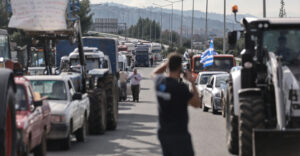Some 43% of US knowledge workers report they’re burned out, according to an August survey by Future Forum. That was a 16% increase from just three months earlier.
A lot of organizations’ understanding of this crisis and their responses to it are lacking. So it’s especially welcome that two psychologists behind pioneering work on burnout and the 1997 book The Truth About Burnout—Christina Maslach and Michael P. Leiter—are back with a timely sequel in The Burnout Challenge, out this week.
The term “burnout” is often used without precision about what this occupational phenomenon entails. People with burnout experience “crushing exhaustion, feelings of cynicism and alienation, and a sense of ineffectiveness,” the authors write, echoing the World Health Organization definition. Burnout “occurs when people experience combined crises on all three of these dimensions, most of the time.” (p. 3)
Red tape, potholes & politics hamper NATO’s defence efforts as the Russia threat rises
Their strong contention is that burnout is too frequently viewed as a problem of the individual experiencing it, when the workplace environment is often responsible. As a result, “coping strategies are good, but they are not enough,” Maslach and Leiter write. “We also need to focus on prevention strategies if we want to truly lower the risk of burnout. And that means changing the way we think about people in the workplace.” (p. 59)
Read more: TIME
Ask me anything
Explore related questions





